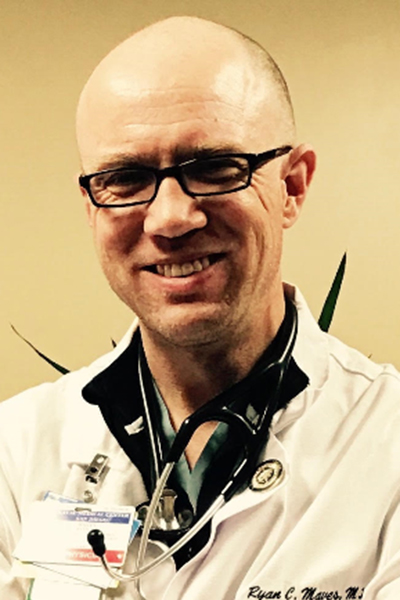
SARS-CoV-2 (COVID-19) has driven many hospitals to the brink. Not enough staff, not enough supplies, not enough space to cope with the flood of patients. Will your hospital be ready for the next surge?
“We have a huge task to get our hospitals up to speed in terms of the three pillars of mass critical care, which is staff, stuff, and space,” said Vikramjit Mukherjee, MD, assistant professor of medicine at New York University School of Medicine and director of the Bellevue medical ICU.
“Over the last decades, the US health-care system has focused on efficiency and has become as lean as possible so that it’s financially viable. But that sets up vulnerabilities when we have six million cases of COVID-19 in the US alone, and your ability to surge is hugely limited. This is not the first mass demand for critical care we have seen, and it will not be our last.”
Dr. Mukherjee will chair Preparing Your Hospital for Highly Contagious Infectious Diseases on Wednesday, October 21, from 8:45 am to 9:45 am CT. The session will be available for on-demand viewing 24 hours later on the virtual CHEST 2020 meeting platform through January 18. The session will explore lessons hospitals can take from COVID-19 and expert assistance available through the National Emerging Special Pathogen Training and Education Center. NETEC is a joint effort by NYC H+H/Bellevue Hospital, Emory University, and the University of Nebraska.

“Given what has happened in the last few months, hospitals have relatively little excuse for not having a plan for managing highly contagious diseases,” said cochair Ryan Maves, MD, FCCP, associate professor of medicine at the Uniformed Services University and faculty physician in infectious diseases and critical care medicine at Naval Medical Center San Diego. “Until COVID-19, expanding ICU surge capacity was largely a theoretical model derived from smaller-scale outbreaks like SARS, MERS, and H1N1 influenza. A normal ICU can generally expand capacity by about 20% using existing resources and maintaining routine standard of care. This kind of mass event can require you to double, even triple, ICU capacity.”
It’s not just expanding intensive care space during a surge event, Dr. Maves continued, expanding space requires expanded staffing. And there are simply not enough critical care physicians, nurses, therapists, and other staff to do the work themselves.
One successful model is tiered supervision. Teams of internists, surgeons, ER physicians, surgical nurses, ER nurses, and other acute care staff work under the direction of a critical care specialist who can guide them through the nuances of caring for very ill people.
Expanded census, expanded space, and expanded staff means expanded supplies, everything from ventilators to drugs, PPE, consumables, and other items.
“What has been unique about COVID[-19] so far is that it has hit hotspot after hotspot, such that the entire US has not been in flames at the same time,” Dr. Mukherjee said. “When New York was burning in the spring, we got a lot of help from colleagues in Texas and California. When Texas was getting hit, we were trying our best to help them out. There has been a lot of resource sharing that we can learn from and build on.”
Sign in to CHEST 2020 now!
Not registered yet? Register now to enjoy top-tier education through Wednesday, October 21, and access to the virtual platform until January 18, 2021.



